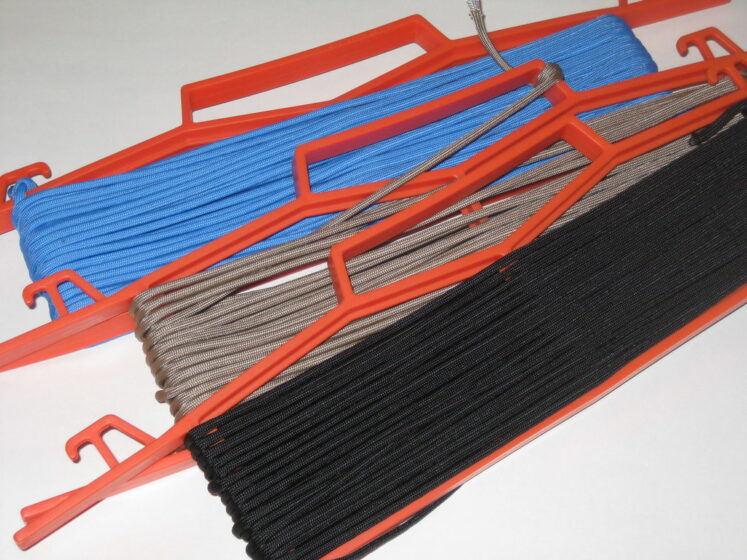
Various paracord types are readily available to deal with numerous requirements and applications. Each paracord type is developed with particular qualities, breaking strengths and functions, making them ideal for different situations. Varying paracord types allow users to select the most proper rope based upon their requirements.
All paracord types flexibility depends on their capability to be compactly coiled and easily brought yet capable of unraveling to provide a considerable length of cordage when required. This function makes it valuable for outdoor lovers, hikers, campers, survivalists, and anyone who values preparedness and energy.
Type I Paracord
Type I, or 95 cord or accessory cable, is the thinnest variant. It features a single nylon hair with a minimum breaking strength of 95 pounds.
While Type I paracord may not have the sturdy strength of other types, it discovers its specific niche in various applications. It is well-known for crafting bracelets, keychains, and other lightweight accessories. The vibrant colors and patterns make them visually appealing and stylish. Additionally, Type I paracord is typically used for ornamental purposes, including a touch of individual style to everyday items.
Type II Paracord
Paracord Type II, likewise described as 275 cord, is among the most popular types of paracord. It makes up a nylon sheath and 7 inner strands, each containing two or three smaller strands.
One of Type II paracord’s main uses is crafting various products such as bracelets, keychains, and lanyards. Its large schedule in different colors and patterns permits personalization and customization of these accessories. In outside settings, Type II paracord serves well as camping tent man lines, clotheslines, or general-purpose utility lines. It can likewise secure equipment and equipment throughout outdoor camping, hiking, or other outside activities.

